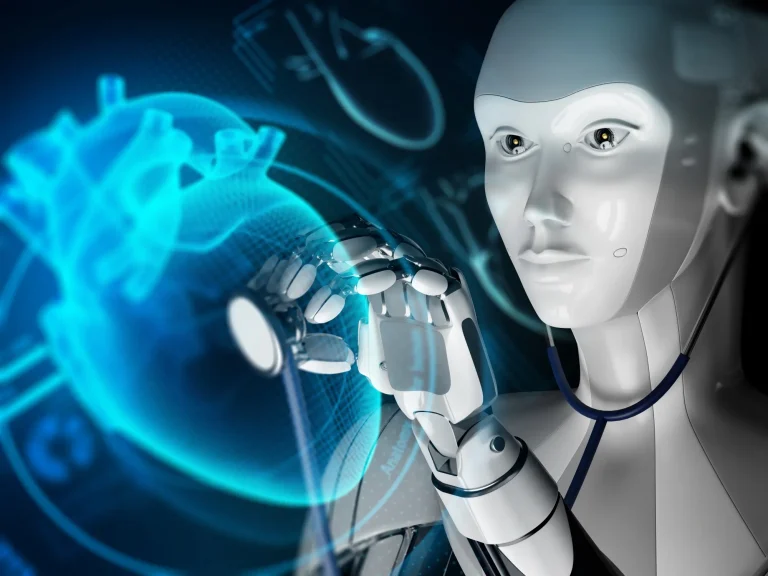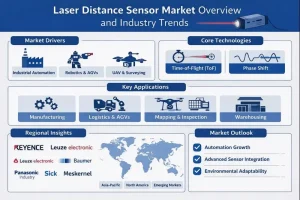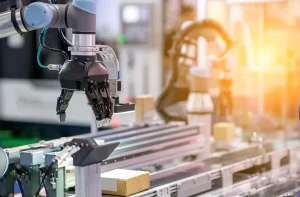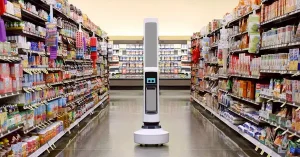New Trends in Robotics for 2025: What to Expect in the Next Wave of Automation
Robotics is a rapidly evolving field, and as we approach 2025, the industry is set to witness groundbreaking advancements that will redefine automation across various sectors. With continuous improvements in artificial intelligence, machine learning, sensor technologies, and human-robot interaction, robotics is becoming more adaptive, intelligent, and accessible than ever before. This article explores the new trends in robotics expected to dominate the landscape in 2025, offering insights into how these innovations will impact industries, workplaces, and everyday life.
The Rise of Collaborative Robotics (Cobots)
One of the most significant trends in robotics for 2025 is the widespread adoption of collaborative robots, or cobots. Unlike traditional industrial robots that operate in isolation, cobots are designed to work safely alongside human workers. Advances in sensor technology and AI have empowered cobots to understand and adapt to human behavior, enabling smoother human-robot collaboration.
In manufacturing, cobots are being introduced to assist with repetitive or ergonomically challenging tasks, enhancing productivity while reducing workplace injuries. Because they are easier to program and deploy, small and medium enterprises (SMEs) are also leveraging cobots, democratizing automation beyond large factories. By 2025, expect to see cobots being integrated into logistics, healthcare, and even retail sectors, where they can assist with complex tasks requiring flexibility and human-like interaction.
Enhanced AI and Machine Learning in Robotics
The integration of more sophisticated AI and machine learning algorithms is revolutionizing robotics capabilities. Robots in 2025 will be able to learn from their environment more effectively, enabling adaptive problem-solving and decision-making in real time.
These advancements mean robots can handle unstructured environments—a common challenge in industries like agriculture and construction—by processing sensory data and improvising accordingly. For example, agricultural robots will not only harvest crops but also monitor plant health and optimize irrigation autonomously. Similarly, construction robots equipped with computer vision will navigate dynamic job sites, improving safety and efficiency.
Furthermore, AI-powered robotics will enhance predictive maintenance, reducing downtime by forecasting mechanical failures before they happen. This development will significantly cut operational costs and improve the reliability of robotic systems across industries.
Soft Robotics: The Future of Flexible Automation
Soft robotics is emerging as a fascinating trend that will gain momentum in 2025. Unlike traditional rigid robots, soft robots use flexible materials such as silicone and rubber, mimicking the dexterity and adaptability of biological organisms. This flexibility makes them ideal for delicate tasks and complex shapes that rigid robots find challenging.
In medicine, soft robotics promises less invasive surgical tools and more precise prosthetics that can better replicate human motion. In manufacturing and packaging, soft robotic grippers will handle fragile items like fruits, glassware, or sensitive electronics with ease, reducing waste and improving product quality.
As materials science advances, soft robots will become more durable and powerful, and their applications will expand into underwater exploration, disaster response, and wearable robotics for rehabilitation.
Autonomous Mobile Robots and Smart Warehousing
Autonomous mobile robots (AMRs) are redefining logistics and warehousing operations. Unlike fixed automated guided vehicles (AGVs), AMRs use sophisticated navigation technologies like LiDAR, computer vision, and real-time mapping to move autonomously through dynamic environments.
By 2025, the use of AMRs will be widespread across distribution centers, retail warehouses, and even hospitals, streamlining inventory management and improving delivery speed. These robots will work alongside human operators, optimizing workflows and enabling just-in-time inventory systems that reduce storage costs.
The integration of AMRs with Internet of Things (IoT) devices and cloud computing will allow for seamless communication between robots, inventory systems, and human workers, making warehouses smarter and more efficient than ever before.
Human-Robot Interaction and Augmented Reality
As robotics become more integrated into daily life, improving human-robot interaction (HRI) is paramount. Advances in natural language processing, gesture recognition, and emotional AI will make robots more intuitive and responsive partners.
In 2025, you can expect augmented reality (AR) to play a vital role in HRI, providing operators with real-time visual feedback and control interfaces. For example, maintenance personnel could use AR glasses to see operational data overlaid on robot components, enabling faster diagnosis and repair.
Robots will also be equipped with more empathetic responses in sectors such as eldercare and education, enhancing user experience and acceptance.
Conclusion: The Transformative Potential of Robotics Technologies in 2025
The new trends in robotics for 2025 point towards an era of smarter, safer, and more flexible automation. With collaborative robots working alongside humans, AI-driven adaptability, soft robotics enhancing delicate tasks, autonomous mobile robots transforming logistics, and improved human-robot interaction through augmented reality, the impact of robotics will be profound and widespread.
Businesses that embrace these innovations can expect boosted productivity, reduced costs, and enhanced safety. Consumers will benefit from improved healthcare, personalized services, and smarter homes. As we move closer to 2025, robotics will not just be a tool of efficiency—it will become an integral partner in our daily lives. Staying informed and prepared for these changes will be crucial for both industry leaders and the general public alike.




